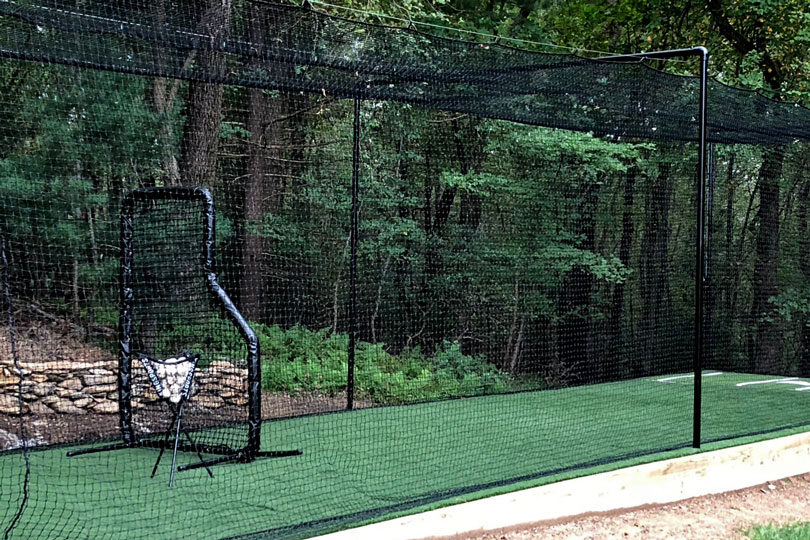Sport Action Techniques Every Athlete Should Know
When it comes to athletic performance, mastering the right techniques is essential for success. Whether you’re competing at the highest level or simply pushing yourself to improve, the essential sport action techniques can make all the difference. These techniques are the foundation for not just physical skill, but for unlocking your full potential and boosting your performance.
Athletes know that talent alone won’t guarantee success. Dedication, discipline, and the right training methods are key to taking your performance to the next level. Let’s explore some athlete training tips and sport performance techniques that will help you refine your skills and enhance your game.
Master the Fundamentals: Key Moves for Athletes
Before diving into advanced exercises, athletes must first ensure their basics are flawless. The foundational movements are what support all athletic activities. Mastering these key moves ensures that you can execute more complex techniques with ease and efficiency.
The Power of Proper Posture
In every sport, posture is everything. Whether you’re running, swimming, or playing basketball, how you position your body affects every movement you make. Start by learning to align your spine and shoulders properly. Engaging your core will help stabilize your body, protect your joints, and allow for better movement.
Improper posture can lead to inefficient movement patterns and even injury, so practicing good posture regularly should be at the top of your list. Strong posture also aids in energy transfer, improving your speed and strength during explosive movements.
Footwork for Precision
Footwork is a critical aspect of sport performance techniques, whether you’re sprinting, playing tennis, or working through defensive positions in football. Quick, controlled foot movements improve balance, agility, and reaction time. For instance, agility drills like ladder drills, cone drills, and shuttle runs can enhance coordination and speed.
Good footwork helps you shift directions swiftly and makes it easier to execute rapid changes in pace, an essential element of almost every sport. Athletes should train their feet to be nimble and responsive, helping them stay ahead of the competition.
Strengthen Your Core for Power and Stability
Your core muscles are the powerhouse that support your body during almost every sport. Core strength isn’t just about having six-pack abs — it’s about developing a stable center that allows for optimal movement, balance, and force production. A strong core helps with everything from maintaining posture to executing high-intensity movements without injury.
Incorporate core exercises like planks, Russian twists, and leg raises into your routine. These exercises target the muscles in your abdomen, lower back, and hips, providing you with the stability you need to perform at your best. By strengthening your core, you’ll improve overall body control and be more efficient in your sport action.
Build Explosive Power with Plyometrics
For athletes, explosive power is often the difference between being good and being great. Plyometric exercises are designed to build this power by training your muscles to generate maximum force in the shortest amount of time. These exercises involve movements such as jumping, bounding, and quick direction changes that activate fast-twitch muscle fibers.
Plyometrics can enhance your athlete training tips, particularly for sports that require quick sprints, high jumps, or powerful throws. Examples include box jumps, burpees, and depth jumps. Regularly incorporating plyometric exercises into your training routine will develop the kind of explosive power needed for peak performance.
Flexibility: A Critical Element for Injury Prevention
Flexibility is often overlooked, but it’s just as important as strength and speed. A flexible body allows for a greater range of motion and helps you perform movements more efficiently. Additionally, it reduces the risk of injury by preventing muscle strains and joint discomfort.
Stretching is essential to improve flexibility and maintain mobility in key areas like the hips, hamstrings, calves, and shoulders. Dynamic stretching before exercise helps activate muscles, while static stretching after training aids recovery. Regular stretching will also contribute to your overall sport performance techniques, helping you move fluidly and stay agile on the field or court.
Recovery: Fueling the Body for Peak Performance
Training hard is crucial, but proper recovery is equally important for maximizing your results. Overtraining without adequate rest can lead to burnout or injury. Ensuring that your muscles repair and rebuild is essential to improving your sport performance over time.
The recovery process should include rest, hydration, proper nutrition, and stretching. Recovery methods like foam rolling and massage therapy can help reduce muscle tension and accelerate the healing process. Ensuring you get sufficient sleep is also vital for recovery and overall athletic performance. When you give your body the time it needs to repair and rebuild, you’ll see sustained improvements in your sport action.
Mental Focus: Sharpening Your Mind for Success
Your mind plays an important role in athletic performance. Sport action techniques aren’t just about physical execution — they’re also about mental preparation. Athletes who train their minds to stay focused, calm under pressure, and determined will consistently outperform those who don’t prioritize their mental strength.
Visualization is a powerful technique used by top athletes to improve their performance. By mentally rehearsing key movements and visualizing success, you strengthen the neural pathways associated with those actions. Additionally, practicing mindfulness and staying present during your workouts will help you perform with more confidence and focus.
Conclusion
Mastering essential sport action techniques is a continuous process, but with dedication and the right strategies, athletes can continually improve their performance. Whether you’re enhancing your posture, focusing on footwork, or incorporating explosive plyometric exercises, every action you take contributes to a stronger, more efficient performance.
Remember, the road to mastery is not a sprint, but a marathon. Each day you train, you’re not just improving your body — you’re refining the mental and physical elements that will lead you to success. So, take these athlete training tips to heart and implement them into your routine. With consistent effort and the right mindset, you’ll be on your way to achieving your best performance yet.


